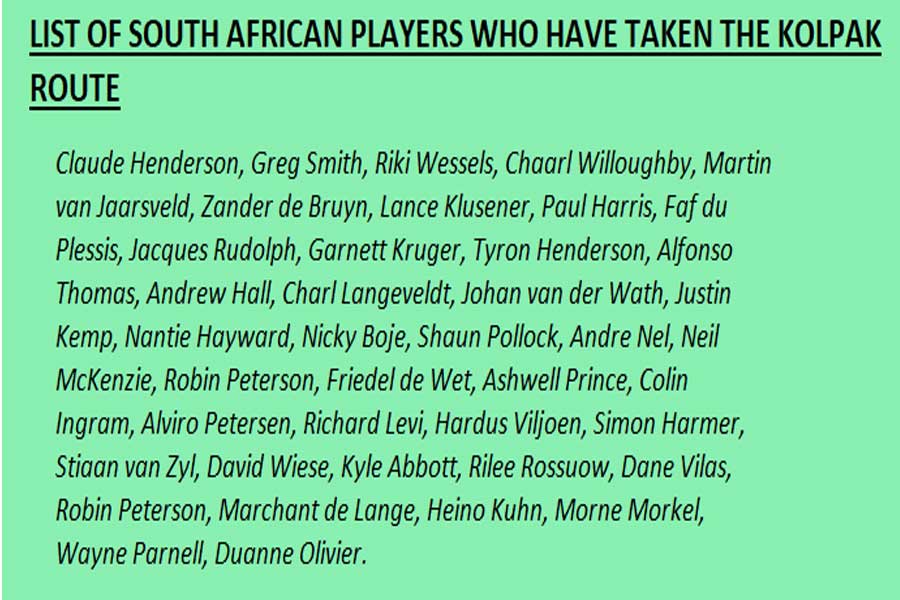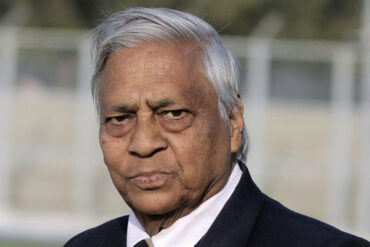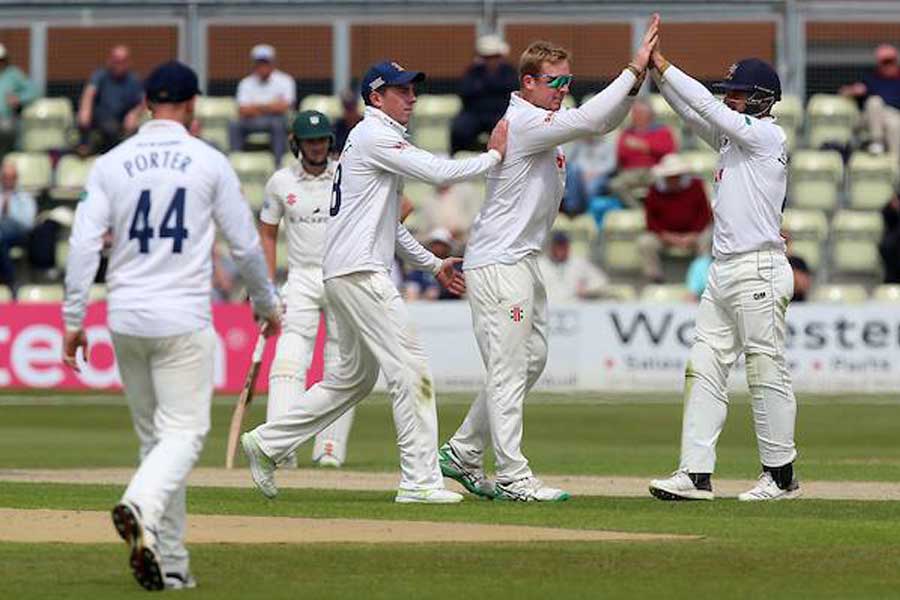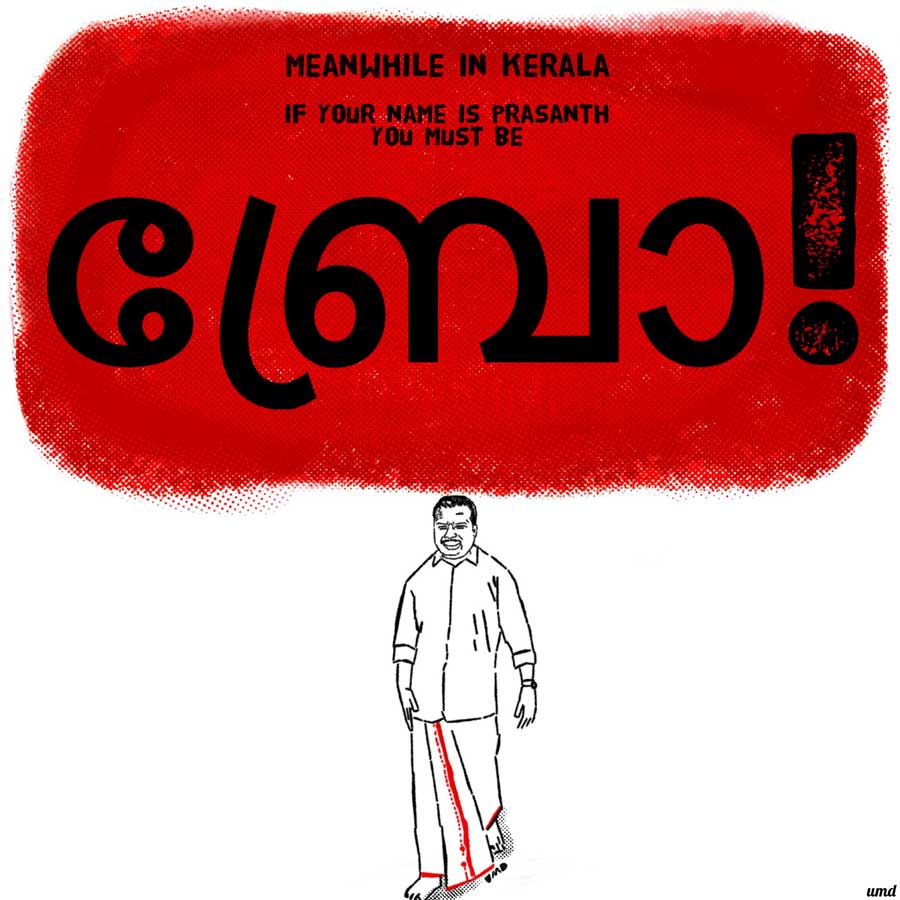Last Saturday, Essex won their first white-ball title (T20 Vitality Blast) in the English domestic circuit since 2008. If they avoid Championship defeat against Somerset this week—which they should due to rains—Essex would have its second Championship title in three years. Leading their efforts from the front has been the South African Simon Harmer, a Kolpak recruit who is the leading wicket-taker in the Championship and the club’s white-ball captain.
On a jam-packed Saturday at Edgbaston, the site of one of South Africa’s worst cricketing memory (the 1999 World Cup semi-final), Harmer shone in the semi-finals and finals to help Essex to a title win, grabbing two Man of the Match awards in the process. The spinner took four wickets in the semis and then went on to take three more in the finals aside from producing a crucial cameo with the bat to lead the side to the title.
A week earlier, Kyle Abbott of Hampshire, another Kolpak player, grabbed a mind-blowing 17 wickets–the best haul in first-class cricket since 1956–in a County Championship game including 9 for 40 in an innings. Harmer and Abbott are the top two wicket-takers in Division One of the County Championship this season.
At the other end of the spectrum is the South African team on one of its toughest assignments in the Indian sub-continent. The Proteas must be scribbling all across the drawing board to quash the Indian juggernaut at home in the longest format, a seemingly impossible task. They will, however, be pegged back in their efforts without one of the “best off-spinners” in the world.
“I know that I’m the best off-spinner in the world, but how can I say that when I haven’t bowled at international level?” Harmer recently quipped in an interview with ESPNCricinfo.
His International career came to a halt with him taking the Kolpak route following omission from the South African Test side, losing his place to fellow off-spinner Dane Piedt, and no domestic contract at home. The Kolpak exits have crippled South African cricket to no measure and at the moment, the team, already struggling with transformation goals, have a mountain to climb to become the force they once were.

Harmer isn’t the first to take the Kolpak, neither was he the last. Duanne Olivier, a standout bowler for the Proteas in 2019 in Tests took an unexpected call by taking the Kolpak route months before the World Cup. This, despite being offered a two-year contract by Cricket South Africa. However, like Olivier, everything Kolpaks seek is long-term security and opportunities more than just money as is often portrayed in the media.
Yes, money is a factor, but ultimately it is about being denied chances in their country which is on a path of aggressive transformation. Currently, the Proteas are required to field at least two blacks and four players of colour (six coloured players in all) in their eleven. But this is not mandatory for every game, rather the average is taken for a year. With Kagiso Rabada, Lungi Ngidi (and Temba Bavuma) permanent features in the side now, this hasn’t been a huge issue. Many of the coloured players in the side have deserved their chances. But with the transformation policies being more stringent at franchise and provincial level, the white players are forced to grab every single chance that comes their way.
Ultimately, transformation has been the root cause of most Kolpak exits. This isn’t to say that it doesn’t have positives. The whites represent less than 10% of the total population in South Africa. By involving the vast majority, South Africa is only looking to unearth more talent, but the implementation has been faulty. The aggressive manner in which it has been implemented has not gone down well with a lot of people and it has compounded the Kolpak exits.
There is statistical evidence to suggest that the transformation is far from successful so far. As a Twitter user LocalCricketZA breaks down, a demographic split up of batting and bowling averages at first-class franchise level shows that the whites still outperform the others by a huge margin. The blacks that are coming through the setup are truly capable of breaking into the national team without the help of current policies.
South African first class domestic franchise performances over the past 4 seasons broken down by racial demographics.
It’s important and necessary that we as supporters & @OfficialCSA have conversations about the best way to improve all players as currently polciy isn’t working. pic.twitter.com/mtSNtGxY2J
— LocalCricketZA (@LocalCricketZA) July 8, 2019
https://twitter.com/LocalCricketZA/status/1148189088471801856?s=19
With established players leaving the country, South Africa’s performances have also gone south. In 2004, a domestic restructure was pivotal to their rise as a Test force. Then, the 11 provincial first-class sides merged into six regional ones. 16 other teams formed the secondary feeder system. That model was borne out of a heavy defeat against the Australians and the Proteas were looking to emulate Australia’s solid domestic structure. Harmer isn’t the first to take the Kolpak, neither was he the last.
This year, with another domestic structure revamp–a reverse move to what was done in 2004–in the offing due to a financial crisis, South African cricket is at an all-time low. The South African Cricketers’ Association (SACA) isn’t in agreement to the restructure as it would leave several players out of contracts. But discussions are still on as Cricket South Africa estimate they will lose millions of Rands in the next four years if this is not implemented.
Couple this with the transformation policies and the last person you want to be right now is a South African cricketer. The Kolpak route could also be closing with Brexit which ultimately means that incentives to be a cricketer for the next generation of kids are close to zilch. The national teams’ performances are also less than heartening. The time and resources they invest on certain players go waste when they go the Kolpak way.
There is talent coming through the feeder system but that isn’t helping the team’s cause. What Harmer, Abbott and a few other Kolpaks like Colin Ingram, Duanne Olivier and Rilee Rossouw are showing is that South Africa does have a constant inflow of talent but with political interference and outrageous transformation targets, they are lost to South African cricket.







